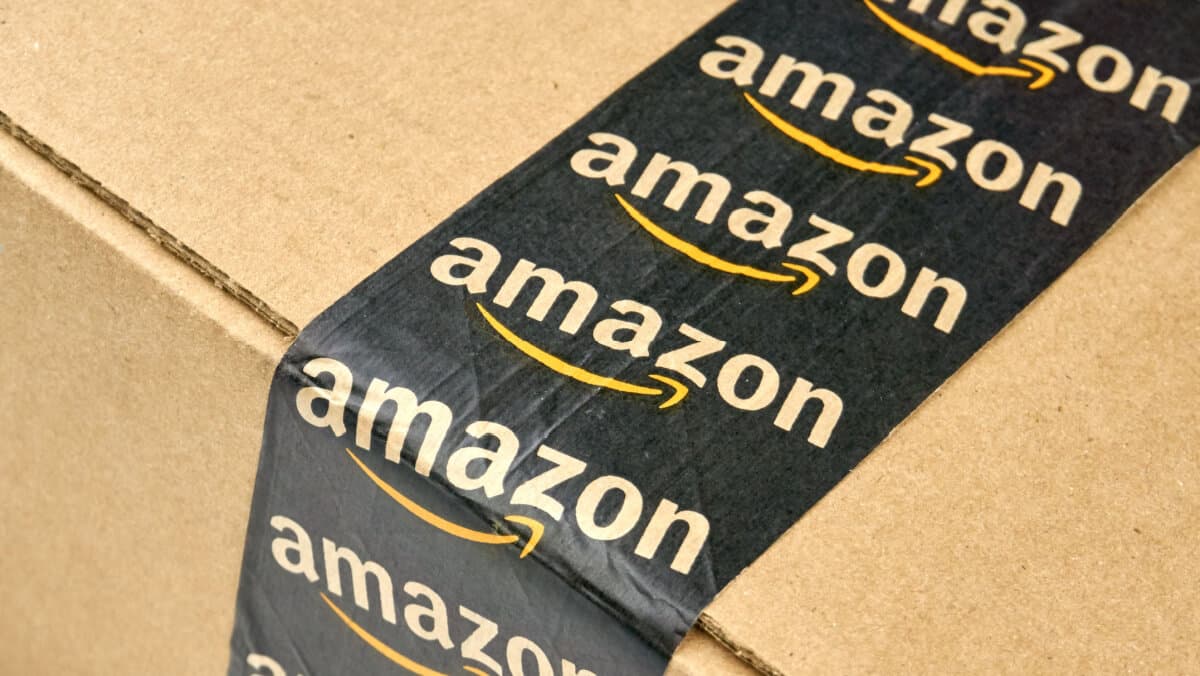Tuesday Mar 5 2024 09:29

4 min

The inclusion of e-commerce giant Amazon.com into the Dow Jones Industrial Average, a U.S. stock benchmark with a history extending over 125 years, has not fully addressed the index’s “relevance” problem, as per analysts at Ned Davis Research recently cited by MarketWatch.
The swap, which saw Amazon replace Walgreens Boots Alliance Inc. in the 30-stock index in late February, gave the Dow more exposure to the large technology companies that have been pivotal in driving U.S. stock markets to new heights.
However, experts like Ed Clissold, chief U.S. strategist at Ned Davis, and London Stockton, a research strategist at the firm, suggest that the Dow should incorporate more leading technology firms — “tech titans” — to maintain its relevance as a stock market barometer.
Сalculate your hypothetical P/L (aggregated cost and charges) if you had opened a trade today.
Market

Instrument


Account Type
Direction
Quantity
Amount must be equal or higher than
Amount should be less than
Amount should be a multiple of the minimum lots increment
USD
EUR
GBP
CAD
AUD
CHF
ZAR
MXN
JPY
Value
Commission
Spread
Leverage
Conversion Fee
Required Margin
Overnight Swaps
Past performance is not a reliable indicator of future results.
All positions on instruments denominated in a currency that is different from your account currency, will be subject to a conversion fee at the position exit as well.
Despite Amazon's addition to the index, the Dow continues to be heavily invested in sectors such as finance, healthcare, and consumer discretionary, leaving it lagging in technology representation compared to the S&P 500.
“The DJIA has trailed the S&P 500 by 6.9% over the last 12 months, which puts it in the bottom 10% of trailing 12 months relative returns,” the Ned Davis team wrote in client note on February 26.
The Dow calculates stock impacts not on market capitalization — the total value of all the shares on the index — but through a "divisor." The divisor is a number that a Dow component’s price change is divided by to determine what effect that stock’s move has on the index.
Complicating matters further, Amazon is also classified as a consumer discretionary stock, even though investors often include in the “Magnificent Seven” — a group of megacap top tech stocks that have helped propel the S&P 500 index above the 5,000 mark to a series of record highs this year.
The Dow already includes prominent tech companies like Apple Inc., Microsoft Corp., and Salesforce Inc., yet it lacks other key players such as Alphabet Inc., the parent company of Google, and chipmaker Nvidia, which is on the forefront of the AI boom. The researchers from Ned Davis argue that adding more significant tech names would make the Dow more appealing to investors.
On the day of the announcement, stock markets saw a slight downturn, with the Dow dropping 0.2%, the S&P 500 falling 0.3%, and the Nasdaq Composite seeing a minor decline of less than 0.1%.
At the time of writing on Monday, March 4, Amazon shares were up 17.3% year-to-date (YTD), and 90.1% up on a 12-month basis — compared to the DJIA’s respective 3.71% (YTD) and 17.06% (1-year). The S&P 500 index has seen growth of 7.7% YTD and 26.98% over the past year, last closing at 5,127.08 on March 1.
When considering shares and indices for trading and price predictions, remember that trading CFDs involves a significant degree of risk and could result in capital loss.
Past performance is not indicative of any future results. This information is provided for informative purposes only and should not be construed to be investment advice.
Asset List
View Full ListLatest
View all
Monday, 31 March 2025

5 min

Monday, 31 March 2025

5 min

Monday, 31 March 2025

5 min


